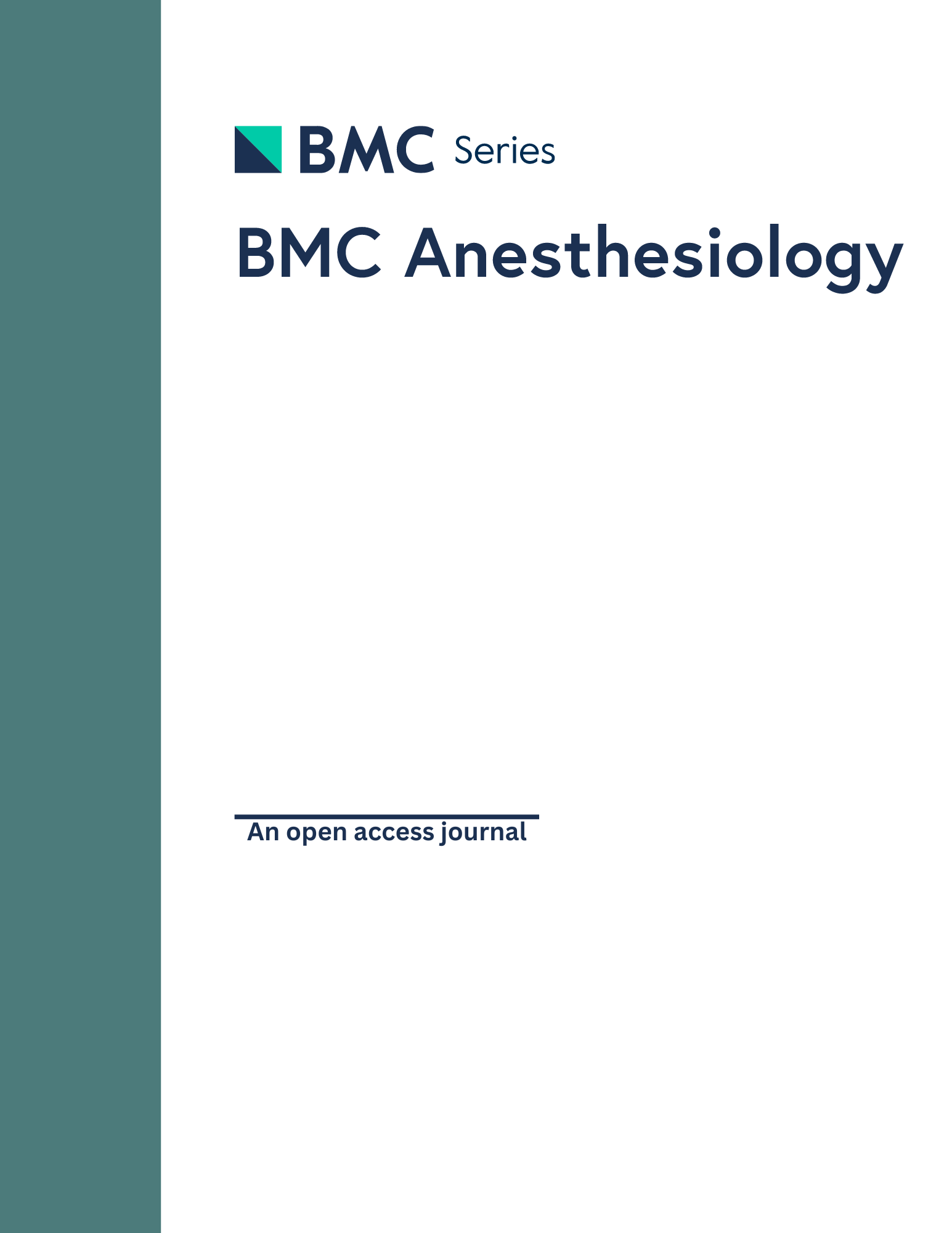
Lateral femoral cutaneous nerve block does not demonstrate analgesic efficacy in THA

Lateral femoral cutaneous nerve block does not demonstrate analgesic efficacy in THA
Effect of lateral femoral cutaneous nerve-block on pain after total hip arthroplasty: a randomised, blinded, placebo-controlled trial
BMC Anesthesiol. 2016 Mar 23;16(1):21Did you know you're eligible to earn 0.5 CME credits for reading this report? Click Here
Synopsis
120 patients scheduled for total hip arthroplasty were randomized to receive either an ultrasound-guided lateral femoral cutaneous nerve (LFNC) block or placebo, in addition to standard oral paracetamol and ibuprofen, and oxycodone for breakthrough pain. The purpose of this study was to evaluate if the use of a LFCN block significantly reduce pain scores and opioid consumption within the first 24 hours postoperative in comparison to placebo. No significant difference between groups in pain score or opioid consumption were observed.
Was the allocation sequence adequately generated?
Was allocation adequately concealed?
Blinding Treatment Providers: Was knowledge of the allocated interventions adequately prevented?
Blinding Outcome Assessors: Was knowledge of the allocated interventions adequately prevented?
Blinding Patients: Was knowledge of the allocated interventions adequately prevented?
Was loss to follow-up (missing outcome data) infrequent?
Are reports of the study free of suggestion of selective outcome reporting?
Were outcomes objective, patient-important and assessed in a manner to limit bias (ie. duplicate assessors, Independent assessors)?
Was the sample size sufficiently large to assure a balance of prognosis and sufficiently large number of outcome events?
Was investigator expertise/experience with both treatment and control techniques likely the same (ie.were criteria for surgeon participation/expertise provided)?
Yes = 1
Uncertain = 0.5
Not Relevant = 0
No = 0
The Reporting Criteria Assessment evaluates the transparency with which authors report the methodological and trial characteristics of the trial within the publication. The assessment is divided into five categories which are presented below.
4/4
Randomization
3/4
Outcome Measurements
4/4
Inclusion / Exclusion
4/4
Therapy Description
4/4
Statistics
Detsky AS, Naylor CD, O'Rourke K, McGeer AJ, L'Abbé KA. J Clin Epidemiol. 1992;45:255-65
The Fragility Index is a tool that aids in the interpretation of significant findings, providing a measure of strength for a result. The Fragility Index represents the number of consecutive events that need to be added to a dichotomous outcome to make the finding no longer significant. A small number represents a weaker finding and a large number represents a stronger finding.
Why was this study needed now?
Pain management following total hip arthroplasty is an important consideration in overall patient outcome. Current strategies aim to reduce opioid use in patients, particularly among elderly, who demonstrate poor tolerance to opioids. Peripheral nerve blocks, such as a femoral nerve block and fascia iliaca block, have demonstrated efficacy in limiting postoperative pain, but face the drawback of motor deficit, which in turn can delay mobilization and recovery. A more recent nerve block approach for postoperative analgesia in THA is a lateral femoral cutaneous nerve block, though randomized controlled trials on its use in this setting are lacking.
What was the principal research question?
Does a lateral femoral cutaneous nerve block, when used in conjunction with a basic analgesic regimen of paracetamol and ibuprofen, significantly reduce pain on movement at 4 hours after total hip arthroplasty, when compared to a placebo block?
What were the important findings?
- At 4 hours, there was no significant difference in VAS pain score on movement between the LFCN block group and the placebo group (Mean difference: -5mm [95%CI -15, 5]) (p=0.41).
- There were also no reported significant differences in pain at rest or pain on movement at any time point between groups (p-values not reported). Data on pain scores at 8 and 12 hour time points was excluded due to difficulty in obtaining data at those points.
- There was no significant difference in cumulative 24-hour opioid consumption between the LFCN block group (Median: 7mg [2-13]) and the placebo group (6mg [2-9]) (p=0.12),
- Time to first request of opioid analgesia did not significantly differ between the LFCN block group (253min [144-379]) and the placebo group (237min [155-380]) (p=1.0).
- Ambulation score and time to ambulation did not significantly differ between groups (p=0.26 and 0.69, respectively).
- Length of hospital stay did not significantly differ between the LFCN block group (49+/-10 hours) and the placebo group (50+/-20 hours) (p=0.53).
- No treatment related adverse events were documented in either group.
What should I remember most?
In total hip arthroplasty, a lateral femoral cutaneous nerve block did not significantly reduce pain scores or opioid consumption over the first 24 hours postoperative in patients managed with standardized oral analgesia and opioid analgesia for breakthrough pain.
How will this affect the care of my patients?
The results of this study suggest that the use of a lateral femoral cutaneous nerve block administered postoperatively may not demonstrate analgesic efficacy for patients undergoing total hip arthroplasty.
Learn about our AI Driven
High Impact Search Feature
Our AI driven High Impact metric calculates the impact an article will have by considering both the publishing journal and the content of the article itself. Built using the latest advances in natural language processing, OE High Impact predicts an article’s future number of citations better than impact factor alone.
Continue



 LOGIN
LOGIN

Join the Conversation
Please Login or Join to leave comments.